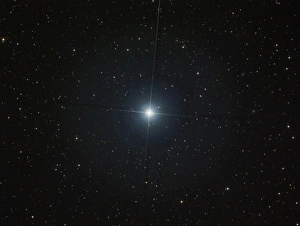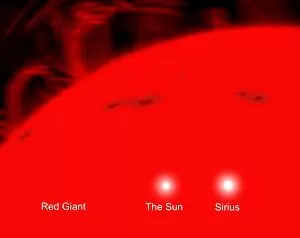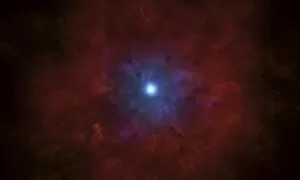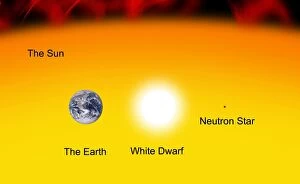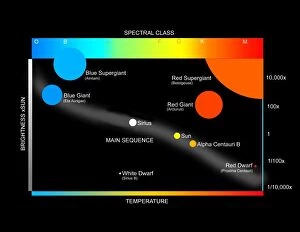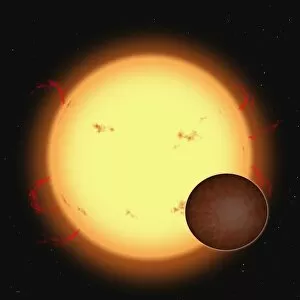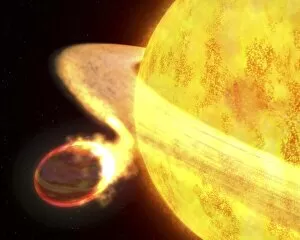Main Sequence Stars Collection
"Exploring the Stellar Journey: Main Sequence Stars" A captivating diagram showcasing the spectral class and luminosity of stars, unraveling their cosmic secrets
All Professionally Made to Order for Quick Shipping
"Exploring the Stellar Journey: Main Sequence Stars" A captivating diagram showcasing the spectral class and luminosity of stars, unraveling their cosmic secrets. Gazing into Messier 53, a mesmerizing globular cluster nestled within the Coma Berenices constellation, home to countless main sequence stars. Our sun and Sirius, side by side with a red giant, illustrating the diverse paths that they are take throughout their lifetimes. Witness an awe-inspiring illustration of a massive star reaching its explosive end as it goes supernova, releasing unimaginable energy into the cosmos. Comparing our humble sun to four typical large stars, highlighting both their similarities and striking differences in size and luminosity. The Earth's insignificance becomes apparent when compared to the immense presence of our sun alongside a white dwarf and neutron star - remnants of once brilliant main sequence stars. An artist's conception unveils a breathtaking storm of comets dancing through Eta Corvi system, where main sequence stars witness this celestial spectacle unfold. Delve into stellar classification with a simplified Herzprung-Russell Diagram that unravels how scientists categorize these magnificent main sequence stars based on temperature and luminosity. Contrasting our radiant sun against four small yet remarkable main sequence stars reveals their unique characteristics while reminding us of the vastness within our universe. Marvel at HD 209458 b as it transits across its host star in front of our eyes—an extrasolar planet offering insights into distant worlds orbiting around vibrant main sequence stars. The hottest known planet in Milky Way—WASP-12b—embraces its sunlike star so closely that it challenges conventional notions about habitability near intense heat sources. Destiny awaits those who dare dream big. Let this inspirational quote ignite your passion for exploring new horizons among dazzling main sequence stars.


